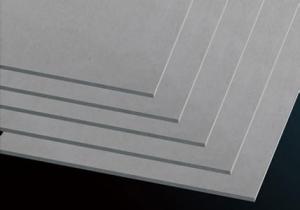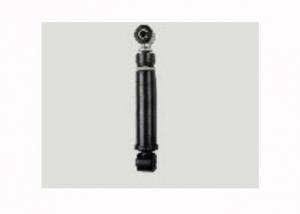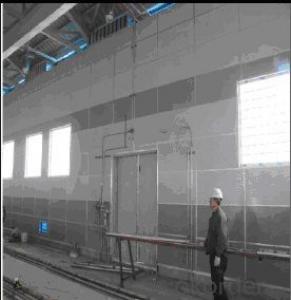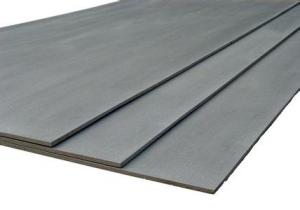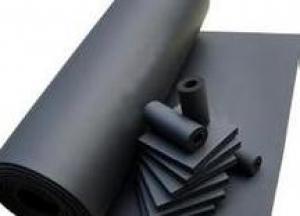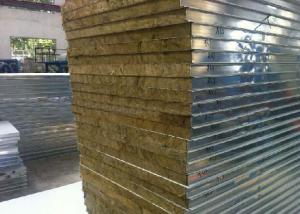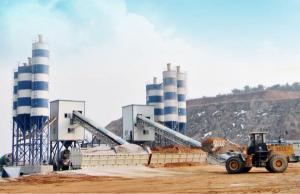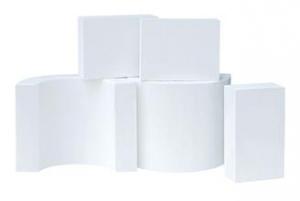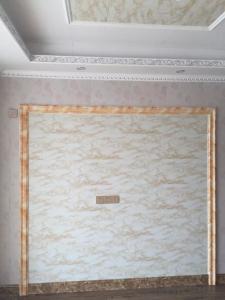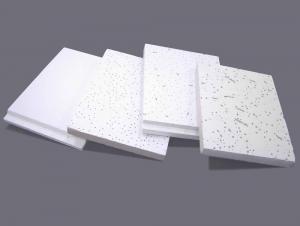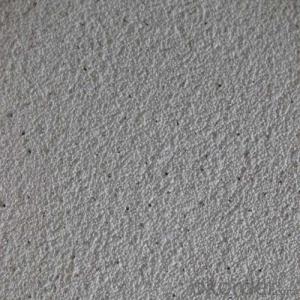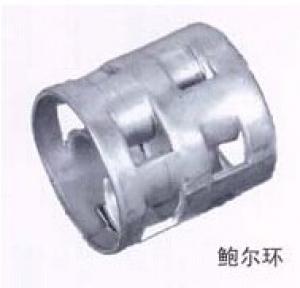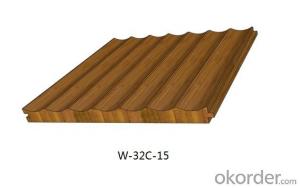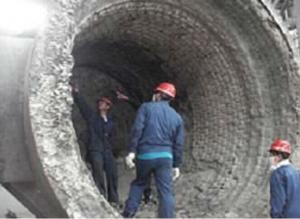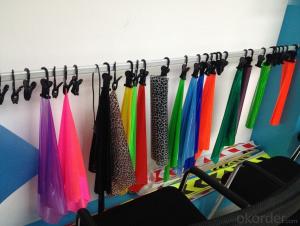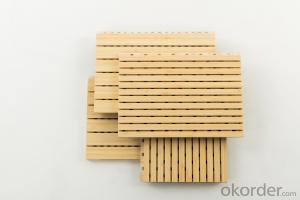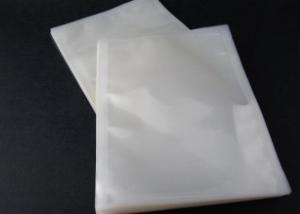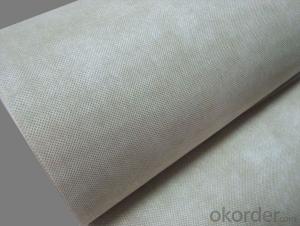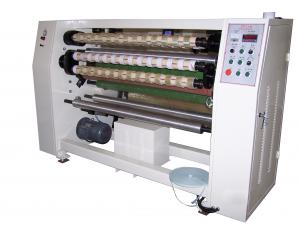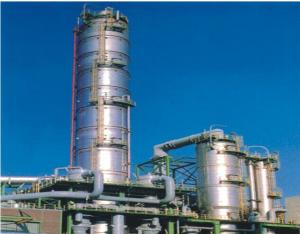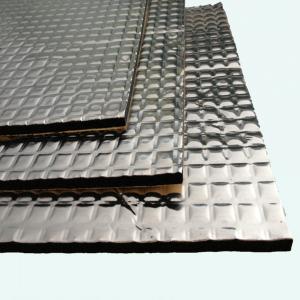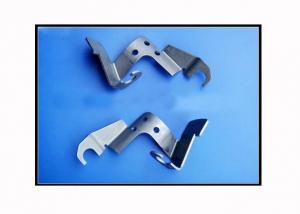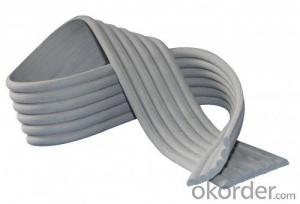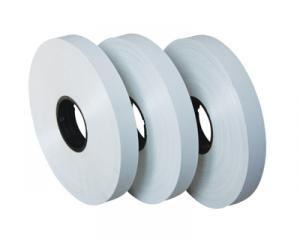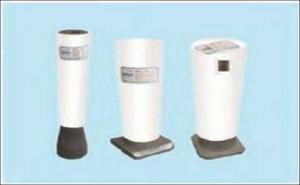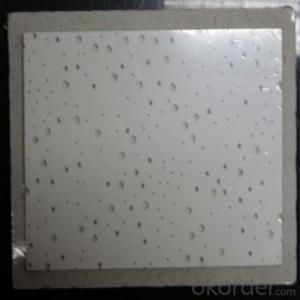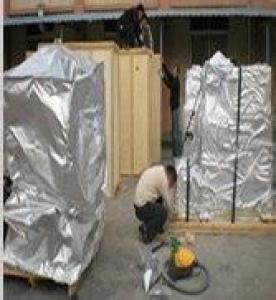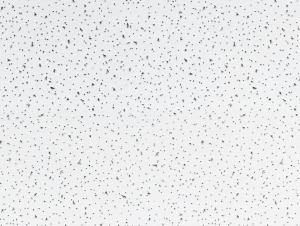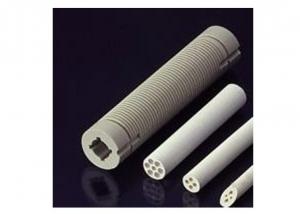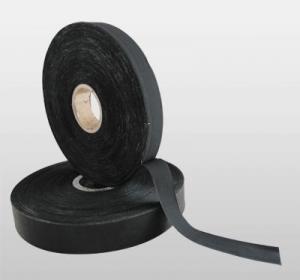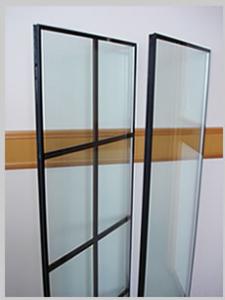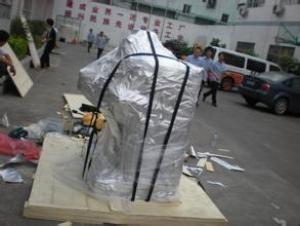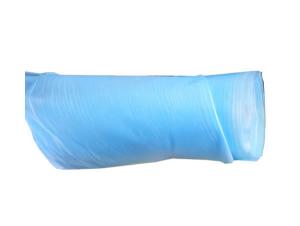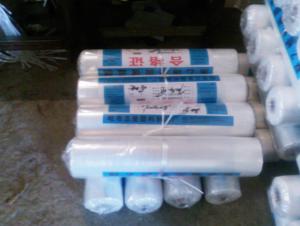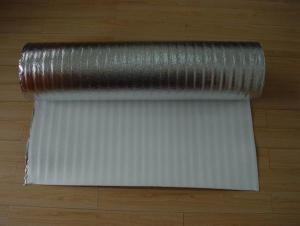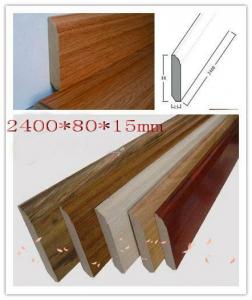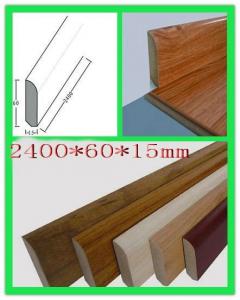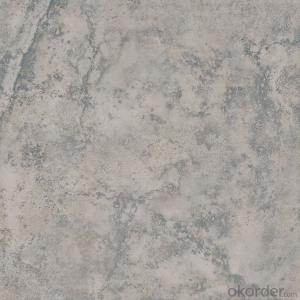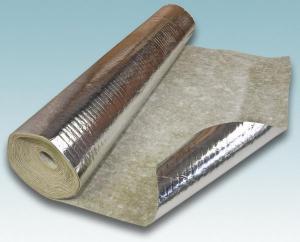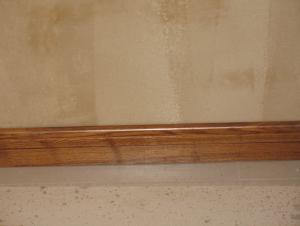Noise Absorbing Material
Noise Absorbing Material Related Searches
Sound Absorbing Material Good Soundproofing Materials Inexpensive Soundproofing Materials Natural Insulation Materials Waterproof Material Light Roofing Materials Soundproofing Floors Roof Insulation Materials Soundproofing Homes Acoustic Padding For Walls Marine Insulation Material Soundproofing A Wall Beam Material Contemporary Roofing Materials Soundproof Curtains Reinforcement Material Acoustic Ceiling Solutions Soundproofing A Floor Bumper Materials Acoustic Tiling Fall Ceiling Materials Soundproofing A House Heat Reflective Material For Roof Nasa Insulation Material Organic Insulation Materials Pressure Sensitive Adhesive Tapes Synthetic Resin Material Soundproof Foam Tiles Stainless Steel Materials Car Bumper MaterialsNoise Absorbing Material Supplier & Manufacturer from China
Noise Absorbing Material is a collection of products designed to reduce unwanted noise levels in various environments. These materials are engineered to absorb sound waves, thereby minimizing noise pollution and creating a more comfortable and quiet atmosphere. They come in a variety of forms, including foam, panels, and curtains, and can be tailored to fit specific needs and applications.The application of Noise Absorbing Material is extensive, as it is used in a wide range of scenarios to improve acoustics and reduce noise. Common usage scenarios include offices, schools, recording studios, and transportation vehicles. By incorporating these materials into the design of a space, architects and designers can create environments that are more conducive to concentration, communication, and overall well-being. This is particularly important in spaces where noise levels can be disruptive or harmful, such as industrial facilities or busy public areas.
Okorder.com is a reputable wholesale supplier of Noise Absorbing Material, offering a large inventory of products to meet the diverse needs of customers. With a commitment to quality and customer satisfaction, Okorder.com ensures that their Noise Absorbing Material is of the highest standard, providing effective solutions for noise reduction in various settings. Whether it's for a small home studio or a large commercial space, Okorder.com has the products and expertise to help customers achieve their noise reduction goals.

